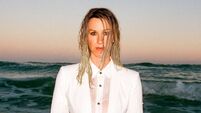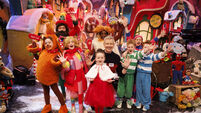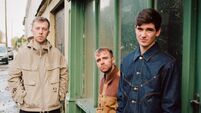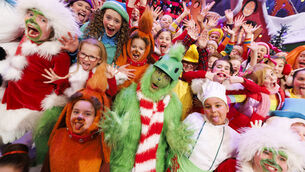A rich tradition: UCC marks 100 years of Irish music at the college
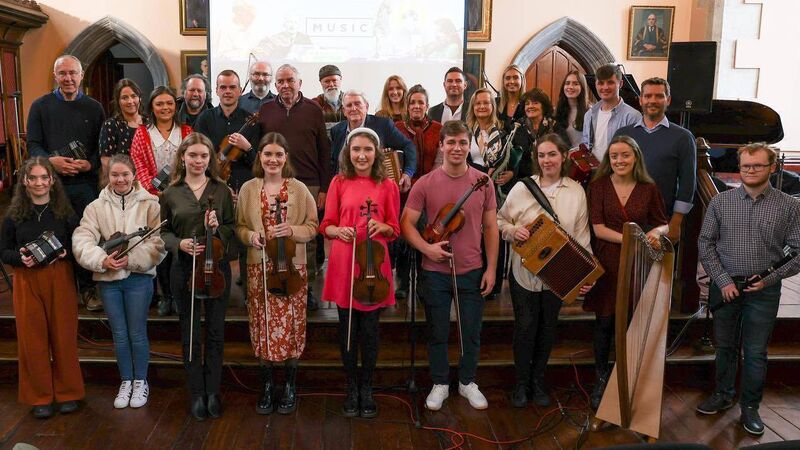
Participants in a recent concert at the Aula Maxima in UCC to mark 100 years of traditional music at the Cork college. Picture: Ruben Martinez/UCC
A century after the appointment of its first professor of Irish traditional music, the subject is accorded parity of esteem at University College Cork, where its status is now “on an equal footing with any other music”.
That is according to uilleann piper Mary Mitchell-Ingoldsby, lecturer at the university’s Department of Music, where as a student she had been the first to play an Irish traditional instrument as her main instrument for a Bachelor of Music degree.

